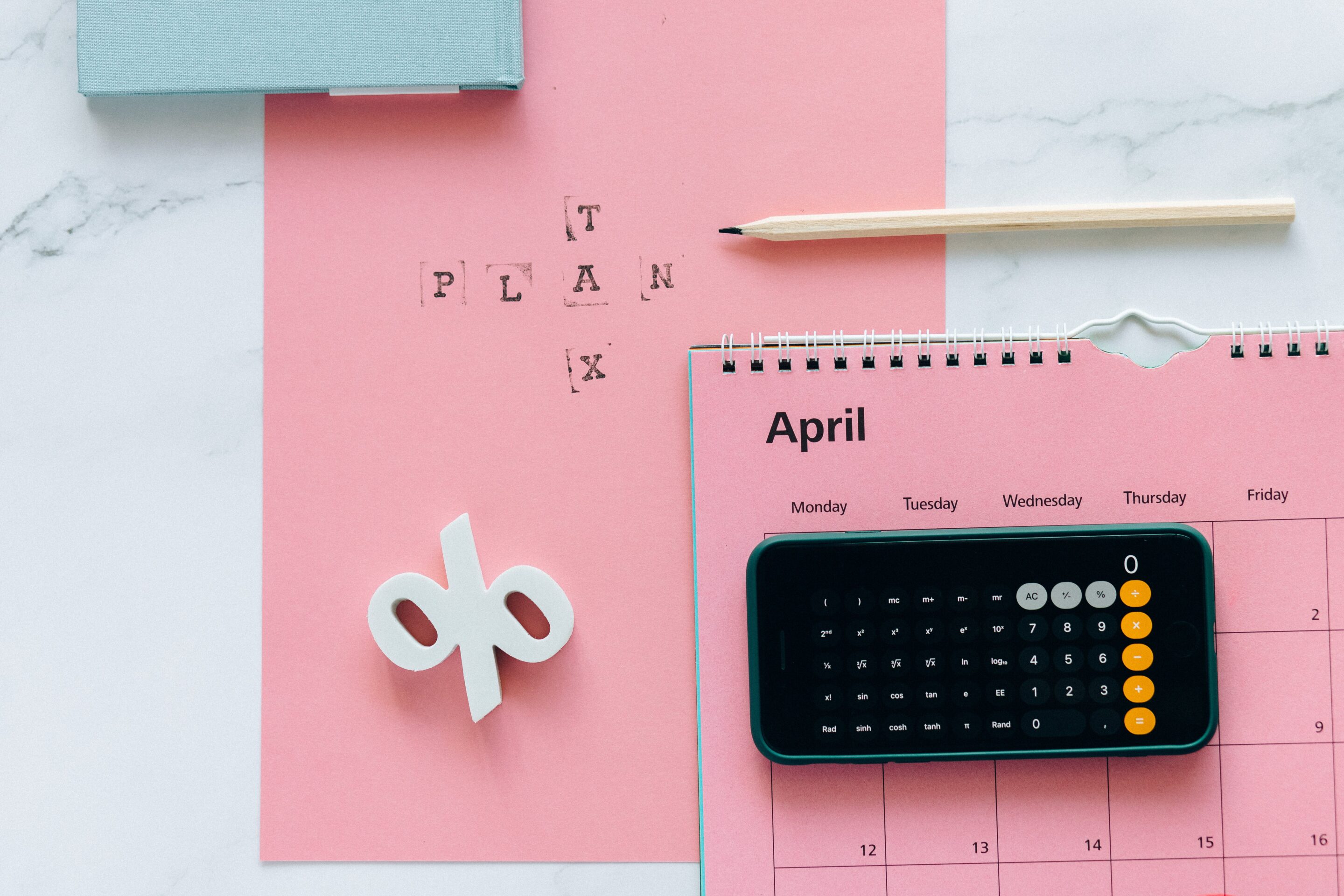Whether you’re a seasoned sole trader or venturing into the realm of self assessment for the first time, this guide will take you step-by-step through what you need to do to fill in your self assessment tax return. Here’s what you need to do!
How do you pay tax as a sole trader?
Well, the good news is there’s no specific sole trader tax. And a huge advantage of setting up a business as a sole trader is that they don’t pay corporation tax, either!
But sole traders are still required to pay income tax, and they also have to pay National Insurance contributions. Sole traders are required to send a Self Assessment tax return to HMRC every year – and it’s really important you send it in on time. If you’re wondering how to register with HMRC as a sole trader, check out our blog post!
Everyone who pays tax in the UK gets a Personal Allowance, which is sometimes also called a tax free allowance. Sole trader tax free allowance in the UK in 2024 is £12,570. That means that you’ll only pay tax on any income you earn after that amount during the tax year. The sole trader tax year is the same as the general UK tax year – a UK tax year runs from 6 April to the following 5 April.
Trust us when we say you’ll thank yourself later if you keep records of your income and expenses throughout the year. This is because you’ll need to include all of these in your annual self assessment tax return.
If this is the first time you’ve filled in a self assessment tax return, you might be a little daunted. But don’t worry! It’s relatively straightforward, as long as you have all of the information you need. Here’s how to fill in a self assessment tax return.
Changes To Be Aware of In 2024
From April 2024 some self-employed individuals, sole-traders, and partnerships will be taxed on profits calculated over a different time period to their accounting year. But don’t worry – this only applies to those who do not already have an accounting period ending on 31 March, 1 April, 2 April, 3 April, 4 April or 5 April. 2023/24 is a transitional year to bring all sole-traders and partnerships around to paying tax based on the tax year. This is because from 2024/25 onwards, unincorporated businesses must report their profits on a tax year basis. So it makes sure everyone is on the same timeline! Here’s a simple guide to how to hit the requirements if the changes apply to you.
How to Fill in a Self Assessment Tax Return
Lots of people choose to employ a sole trader accountant to complete a self assessment tax return on their behalf. But it’s absolutely possible to do it yourself! Here’s what you need to do.
1. Gather Key Information
Before diving into your self-assessment tax return, you’ll need to gather these essentials:
- Your 10-digit Unique Taxpayer Reference (UTR). You’ll have received this when you registered for HMRC.
- Your National Insurance number.
- Details of any untaxed income from the tax year. This includes earnings from self-employment, dividends, and interest on shares.
- All of your self-employment expenses from the tax year. This basically means any money you have spent on things that are essential to your business (though do check the list to make sure what you’re claiming for is eligible!).
- Note down any contributions to charity or pensions that might snag you some tax relief.
- If you’re a sole trader that also works for a few limited companies, you’ll also need your P60 or other records showing income you’ve already taxed.
2. Fill in the Main Section of the Tax Return
There are two sections to the self assessment tax return. The main section is called the SA100.
Before you start filling in the SA100 or the supplementary pages, it’s really important that you read the help sheets and notes related to the section. You can find these on the HMRC website here. You’ve got this, sole trader!
When you’re ready to start, here’s what you’ll need to declare in this section of your self assessment tax return:
- Taxed income that you’ve earned
- Untaxed income that you’ve earned, which includes dividends and interest
- Pension contributions you’ve made
- Charitable donations you’ve made
- Benefits you’ve received, including State Pension, Child Benefit, and the Blind Person’s Allowance. There’s a really useful list of benefits you don’t need to declare here!
- Any student loan repayments you’ve made (if that’s relevant to you!)
- Marriage allowance – this is a section you only need to fill in if your income for the tax year was less than the Personal Allowance, and you want to transfer some of your Personal Allowance to your spouse.
If you’re a company director, a global citizen, self-employed, a property pro, dabbling in Capital Gains, or earning from foreign shores, you’ll also need to fill in a supplementary page tailored to your specific situation.
Here’s the good news, though – you don’t need to worry about the short-form tax return (SA200), because HMRC sends that to you!
3. Complete the Supplementary Pages of a Self Assessment Tax Return
This is where you declare any extra income you’ve earned from self-employment, property or capital gains. So if you’re a sole trader, you’ll need to fill one of these in!
There are different supplementary pages for each of these categories. If you’re:
- Self-employed, you’ll need to fill in page SA103
- Reporting property income, it’s page SA105
- Declaring capital gains, it’s page SA108.
This is where you’ll need to report any income from these sources that you haven’t paid tax on yet. You should also declare any allowable sole trader expenses, as these will be deducted from your tax bill!
4. Submit Your Self Assessment Tax Return
And that’s it! Well done, sole trader – tax return complete. Once you’ve submitted your Self Assessment tax return, you’ll be told how much tax and National Insurance contributions you’ll need to pay. The deadline for submission is 1st January every year, so make sure you’ve marked it in your diary!
When do I pay my sole trader tax bill?
There is a deadline for paying your tax bill, and it’s usually the 31st January. It’s really important to make sure you know the sole trader tax return deadline, as if you miss the deadline to register, submit your return or pay your bill you will be fined. Penalties start at £100 for tax returns submitted or paid up to three months late, and increase from there.
Though you can appeal if you have a reasonable excuse for being late, it’s never a good idea to miss the deadline!
The fastest ways to pay your tax bill include the following:
- Online or telephone banking
- Clearing House Automated Payment System (CHAPS)
- Debit or corporate credit card
- In-person at your bank or building society – though it’s a good idea to call in advance to make sure this is a service that they offer!
Make sure you keep yourself updated on any changes in regulations or tax laws that might affect your business, too, just to make sure that you’ve done everything you need to do!
And if you’re wondering how much tax you’ll need to pay, you can always use a sole trader tax calculator to find out. It’s a great way to plan your spending.
Conclusion
And that’s it! Congratulations, you’ve completed your tax return. If you’re looking for more tips and tricks on how to grow your business as a sole trader, check out our blog!




